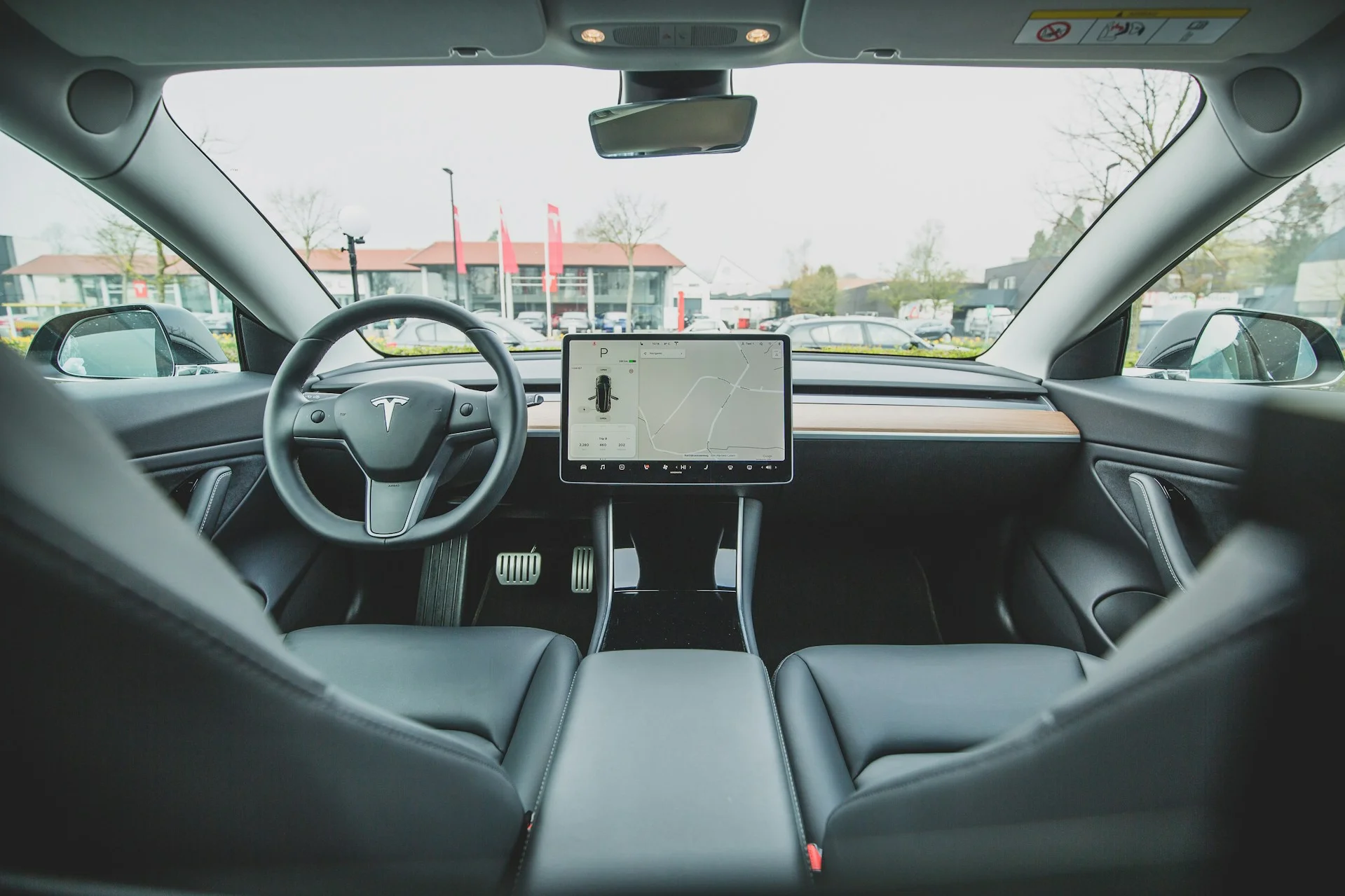Valve has officially introduced a new wave of hardware additions to its Steam Hardware lineup, aimed at expanding the reach of the Steam Deck experience to a wider audience. Building on their previous successes, these devices target gaming enthusiasts looking for powerful yet compact solutions for both living room and desktop gaming.
The centerpiece of this announcement is Valve’s first-ever internally developed Steam Machine. Unlike earlier Steam Machine concepts from other brands over the past decade, this new model is a sleek, cuboid device designed specifically for use with a living room TV, essentially offering Steam Deck-level power tailored for home setups.
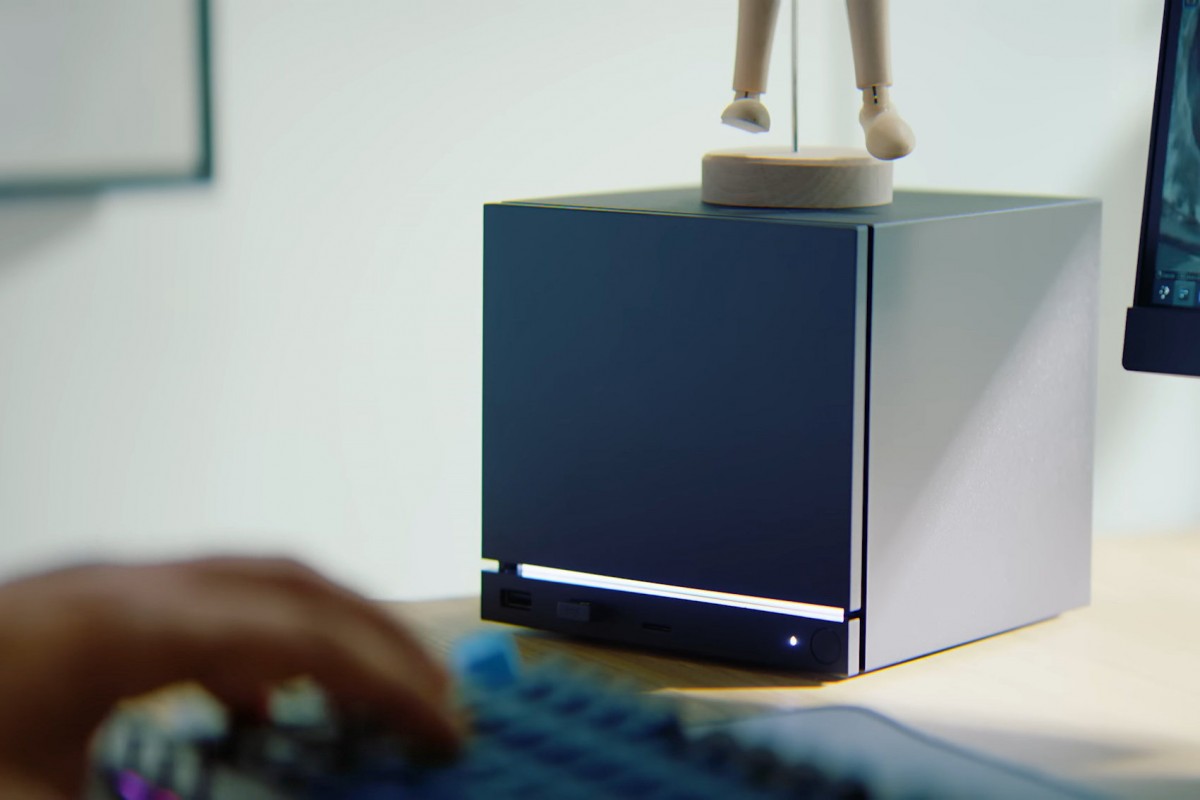
Under the hood, the Steam Machine houses a semi-custom AMD processor featuring a 6-core/12-thread CPU based on the Zen4 architecture, capable of clock speeds up to 4.8GHz within a power envelope of just 30W. Complementing the CPU is a potent AMD RDNA3 GPU with 28 compute units, maxing out at 2.45GHz and drawing 110W TDP. This GPU resembles a streamlined Radeon RX 7600 but with slightly fewer compute units and optimized for lower power consumption.
Performance-wise, the Steam Machine comes equipped with 16GB of DDR5 system RAM and 8GB of GDDR6 video memory. While the system memory is robust, the 8GB VRAM may prove limiting in some contemporary titles, particularly when targeting 4K gameplay, which Valve notably promotes.
Storage options include 512GB and 2TB SSDs, and users can expand capacity with microSD cards. Notably, the microSD compatibility aligns with the Steam Deck format, allowing seamless game portability without reinstallations. Additionally, the SSD is user-replaceable, supporting standard M.2 drives.
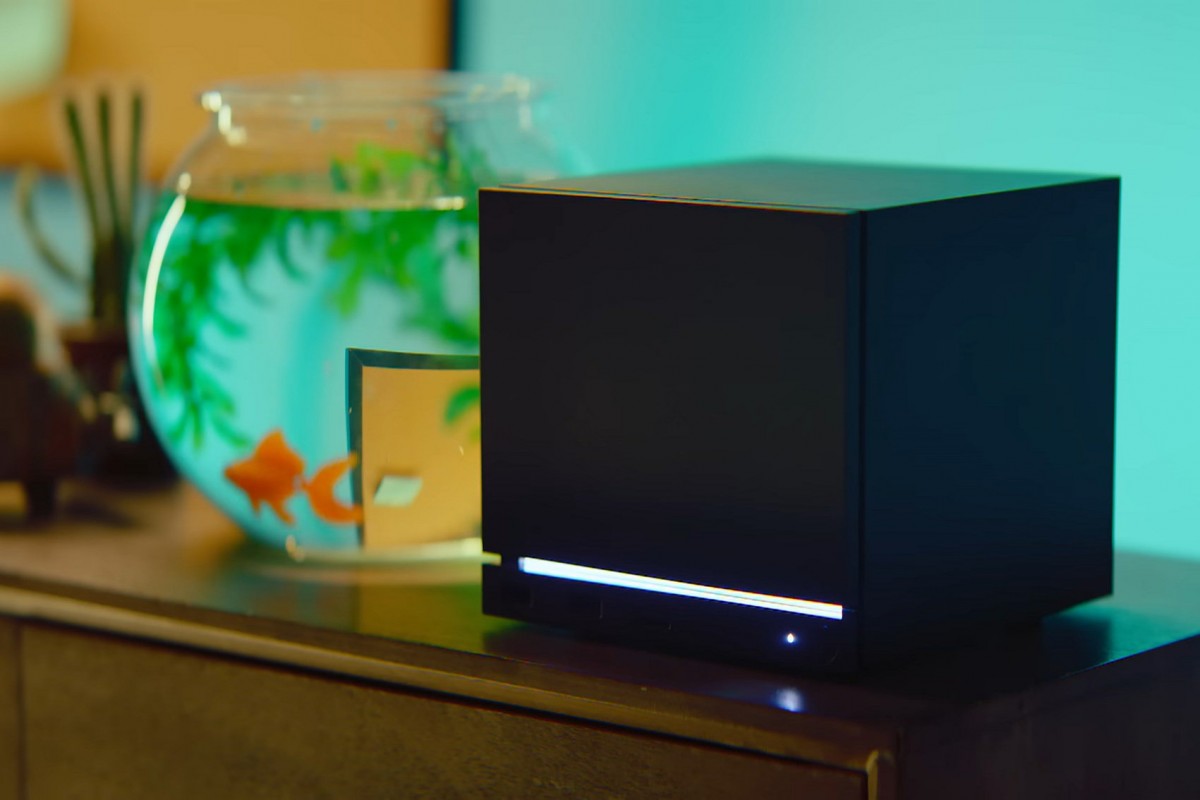
Connectivity features are comprehensive, featuring dual-band Wi-Fi 6E, Bluetooth 5.3 with a dedicated controller antenna, and a proprietary 2.4GHz wireless adapter for the Steam Controller. Display outputs include DisplayPort 1.4 with support for 4K at 240Hz and HDMI 2.0 supporting 4K at 120Hz with DSC, VRR, HDR, and HDMI CEC. Other ports include multiple USB-A ports across generations, USB-C 3.2 Gen 2, and Gigabit Ethernet.
Customization aspects make the Steam Machine stand out, with an RGB LED strip on the front that can display functional information such as download progress, and a removable faceplate allowing for personalized aesthetics.
Powered by Valve’s enhanced SteamOS, optimized for TV use, the Steam Machine supports the vast Steam game library through Proton’s translation layer. Additionally, it offers a KDE Plasma desktop environment for users wanting full Linux desktop capabilities.
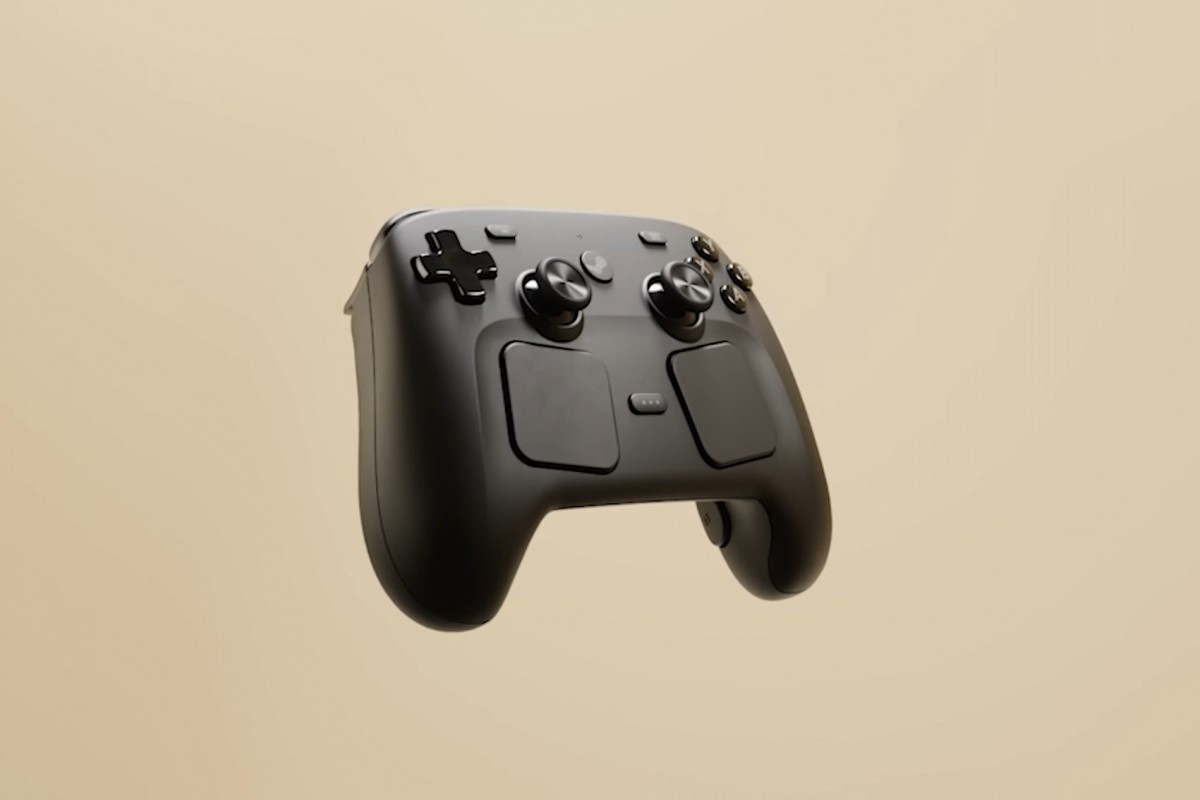
Alongside the Steam Machine, Valve is launching the second-generation Steam Controller, which builds upon the original's unique input features while adopting a more conventional gamepad design influenced by the Steam Deck. The new controller features joysticks with second-gen magnetic technology for better tactile feedback, capacitive touch surfaces enabling motion controls, HD haptics, and 6-axis gyro support.
Distinctively, the controller retains dual pressure-sensitive trackpads below the joysticks, ideal for navigating SteamOS UI or playing games that require mouse input, a hallmark of the original Steam Controller but integrated here into a more traditional controller layout.
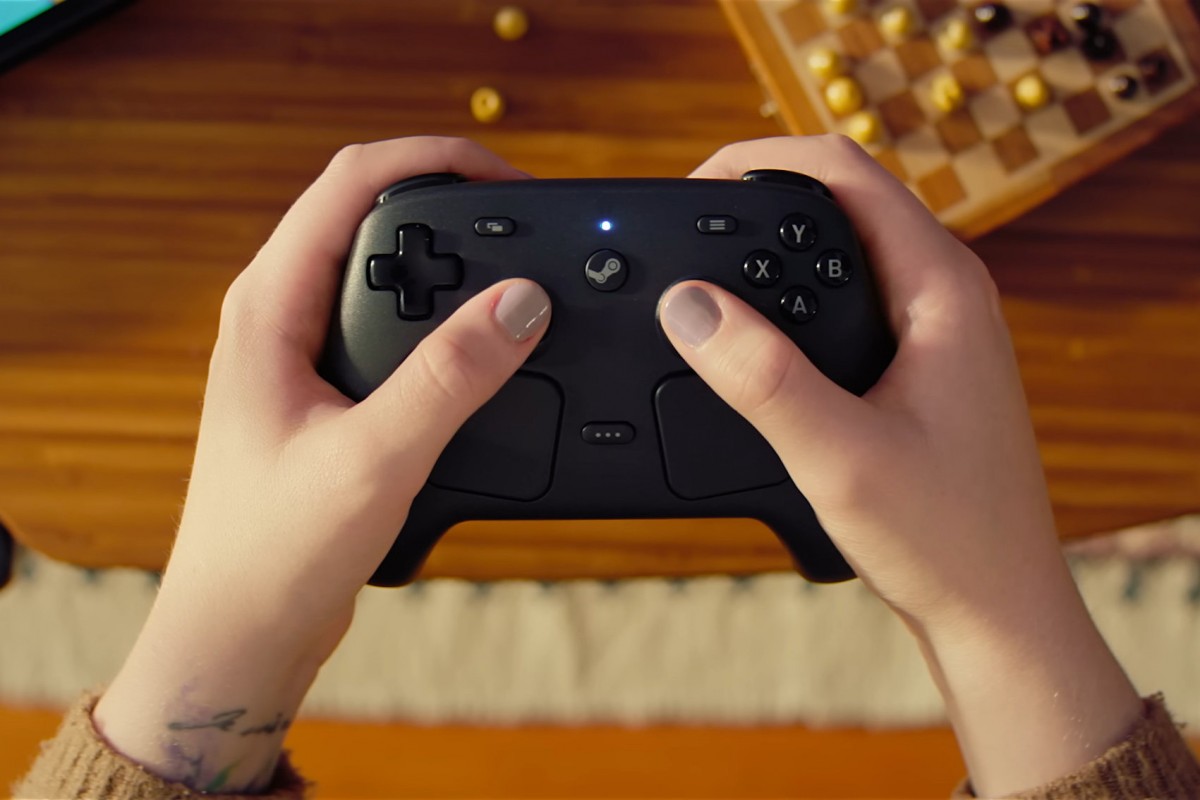
The rear of the controller sports four buttons (two on each grip) and a capacitive touch surface that can detect when the controller is held. It connects via a magnetic puck transmitter serving as the wireless link and also includes USB-C charging compatibility.
Designed to be bundled with every Steam Machine, the controller utilizes a custom 2.4GHz wireless connection enabling low latency (8ms full latency, 4ms polling rate) with support for up to four controllers paired simultaneously. It can also function with Windows PCs over USB or Bluetooth. Its battery life is quoted at over 35 hours, though precise figures vary depending on connection method.
Valve also revealed another upcoming product, the Steam Frame, which users can learn more about here.
The Steam Machine and new Steam Controller are slated for release in early 2026, with pricing and detailed availability to be announced in the future.





